Ethereum After the Merge: Staking Rewards, Scalability & Layer-2 Adoption | Crypto Capital
By CapitalKeeper | Pre Market Opening | Indian Equities | Market Moves That Matter
Ethereum After the Merge: Is ETH Still the King of Smart Contracts?
The world of cryptocurrency has been buzzing ever since Ethereum successfully completed “The Merge” in September 2022. This historic upgrade shifted Ethereum from a Proof-of-Work (PoW) system, similar to Bitcoin, to a Proof-of-Stake (PoS) consensus model. It wasn’t just a technological feat—it fundamentally changed Ethereum’s energy efficiency, token economics, and long-term sustainability.
But nearly three years later, as we move into 2025, the big question for investors and developers alike is: Has Ethereum maintained its crown as the king of smart contracts? Let’s explore its current landscape across staking rewards, scalability upgrades, and the booming adoption of Layer-2 solutions.
1. Ethereum After the Merge: What Changed?
The Merge was Ethereum’s most anticipated upgrade, replacing energy-hungry mining with staking, where validators lock up ETH to secure the network.
Key Benefits of the Merge
- 99.95% Energy Reduction → Ethereum became eco-friendly and ESG-compliant.
- New Tokenomics → ETH issuance dropped drastically, creating deflationary pressure.
- Enhanced Security → PoS improved network decentralization with thousands of validators.
This transition set the stage for Ethereum to expand beyond being just the “gas station” of crypto into a global financial and application layer.
2. Staking Rewards: Passive Income for ETH Holders
One of the biggest shifts post-Merge is that investors can now earn staking rewards by locking ETH into validator nodes.
How Ethereum Staking Works
- Minimum of 32 ETH required to run a validator node.
- Smaller holders can stake via staking pools and exchanges.
- Rewards are distributed for validating transactions and maintaining security.
Staking Returns (2025 Data)
- Average annual rewards: 3%–5% (depending on network activity).
- Staking pools like Lido Finance have grown rapidly, letting investors stake fractions of ETH.
- Over 30 million ETH (more than 25% of total supply) is currently staked.
Staking has turned ETH into more than just a utility token—it’s now an income-generating asset, similar to dividend stocks in traditional finance. For conservative investors, this offers a safe-side ROI in crypto.
3. Scalability Upgrades: Can Ethereum Handle Mass Adoption?
Ethereum’s biggest criticism has always been its high gas fees and slow transaction speeds during network congestion. The Merge was only the first step in solving this.
The Ethereum Roadmap Post-Merge
- The Surge → Introduction of sharding to scale transactions massively.
- The Verge → Optimizing storage and verification.
- The Purge → Cleaning up old data, making Ethereum leaner.
- The Splurge → Miscellaneous upgrades to boost efficiency.
By 2025, Ethereum processes transactions much more efficiently than in its pre-Merge days, with gas fees reduced significantly through Layer-2 adoption and upcoming Danksharding improvements.
4. The Rise of Layer-2: Ethereum’s Scaling Savior
While Ethereum Layer-1 (the main chain) remains the settlement hub, Layer-2 (L2) solutions are where real innovation is happening.
What Are Layer-2s?
Layer-2 solutions are networks built on top of Ethereum that process transactions faster and cheaper, then settle them back on Ethereum Layer-1 for security.
Top Layer-2s Dominating in 2025
- Arbitrum (ARB) → Leading in DeFi activity with billions in Total Value Locked (TVL).
- Optimism (OP) → Strong ecosystem support, especially with Optimism Collective governance.
- Polygon (MATIC) → A hybrid sidechain + L2 scaling giant, powering NFT and gaming ecosystems.
- zkSync & StarkNet → Zero-knowledge rollups delivering lightning-fast transactions.
These L2s have made Ethereum a scalable smart contract powerhouse without compromising decentralization.
Impact on Adoption
- Transaction costs are down to fractions of a dollar.
- Ethereum can now compete with faster chains like Solana, Avalanche, and Binance Smart Chain.
- Developers still prefer Ethereum for its security, liquidity, and developer community, while using L2s for execution.
5. Competition: Is Ethereum Still the King?
Ethereum is no longer the only player in the smart contract arena. Competitors have risen:
- Solana (SOL): Known for speed and low fees, but plagued by outages.
- Cardano (ADA): Focuses on research-driven development, but adoption lags.
- Avalanche (AVAX): Gains traction in DeFi but still smaller in user base.
- Polkadot (DOT) & Cosmos (ATOM): Push interoperability, yet Ethereum dominates liquidity.
Despite strong competition, Ethereum remains the most trusted, liquid, and adopted smart contract platform, especially with the backing of its massive developer ecosystem and enterprise adoption.
6. The Institutional Angle
Institutions are warming up to Ethereum:
- Ethereum ETFs are expected to launch following Bitcoin’s ETF success.
- DeFi protocols built on Ethereum attract billions in institutional liquidity.
- Enterprises are experimenting with Ethereum for tokenization of assets like bonds and real estate.
This growing institutional involvement reinforces Ethereum’s credibility as a long-term investment vehicle.
7. Risks Ahead for Ethereum
Even with its strengths, Ethereum faces challenges:
- Regulatory Scrutiny: US SEC may classify ETH as a security due to staking.
- Centralization in Staking: Lido controls a large portion of staked ETH, raising centralization concerns.
- Competition: Fast-growing L1 chains could still capture niche ecosystems.
- Scalability Roadmap: Full sharding is still pending, so Ethereum must deliver to stay ahead.
8. Investor Takeaway: Should You Bet on ETH?
For long-term investors, Ethereum remains a core holding in the crypto portfolio:
- Staking provides 3–5% passive ROI annually.
- Layer-2 adoption makes Ethereum more scalable than ever.
- Institutional adoption adds a layer of stability.
If Bitcoin is considered digital gold, then Ethereum continues to be digital oil—fueling smart contracts, DeFi, NFTs, and Web3.
Conclusion: Ethereum’s Throne is Intact (for Now)
So, is Ethereum still the king of smart contracts after the Merge?
The answer is a resounding yes—though its crown is constantly being challenged.
- The Merge gave Ethereum sustainability and staking rewards.
- Layer-2 solutions supercharged scalability.
- Strong developer and institutional adoption kept it ahead of competitors.
While challengers like Solana and Avalanche nip at its heels, Ethereum’s ecosystem, security, and adaptability ensure it remains the dominant smart contract platform in 2025. For investors seeking both utility and long-term growth, Ethereum continues to be a king worth holding in the crypto kingdom.
📌 For daily trade setups, technical learning, and smart investing tips, stay tuned to CapitalKeeper.in
📌 For more real-time updates, trade setups, and investment insights — follow us on [Telegram] and [WhatsApp Channel] subscribe to our newsletter!

Subscribe Now , Join Telegram the Crypto Capital Club, Get Free Crypto Updates
📌 Disclaimer
The content provided on CapitalKeeper.in is for informational and educational purposes only and does not constitute investment, trading, or financial advice. While we strive to present accurate and up-to-date market data and analysis, we make no warranties or representations regarding the completeness, reliability, or accuracy of the information.
Stock market investments are subject to market risks, and readers/investors are advised to conduct their own due diligence or consult a SEBI-registered financial advisor before making any investment decisions. CapitalKeeper and its authors are not liable for any loss or damage, direct or indirect, arising from the use of this information.
All views and opinions expressed are personal and do not reflect the official policy or position of any agency or organization. Past performance is not indicative of future results.By using this website, you agree to the terms of this disclaimer.
Ranjit Sahoo
Founder & Chief Editor – CapitalKeeper.in
Ranjit Sahoo is the visionary behind CapitalKeeper.in, a leading platform for real-time market insights, technical analysis, and investment strategies. With a strong focus on Nifty, Bank Nifty, sector trends, and commodities, she delivers in-depth research that helps traders and investors make informed decisions.
Passionate about financial literacy, Ranjit blends technical precision with market storytelling, ensuring even complex concepts are accessible to readers of all levels. Her work covers pre-market analysis, intraday strategies, thematic investing, and long-term portfolio trends.
When he’s not decoding charts, Ranjit enjoys exploring coastal getaways and keeping an eye on emerging business themes.
📌 Follow Ranjit on:
LinkedIn | Twitter/X | Instagram | ✉️ contact@capitalkeeper.in
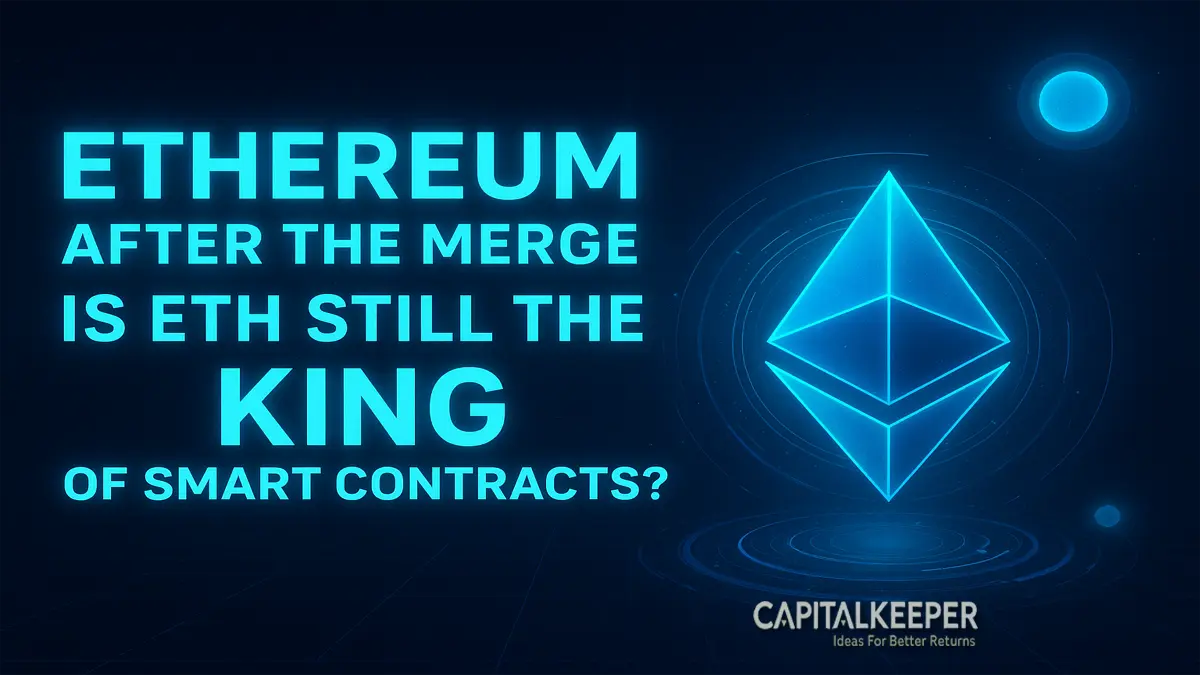

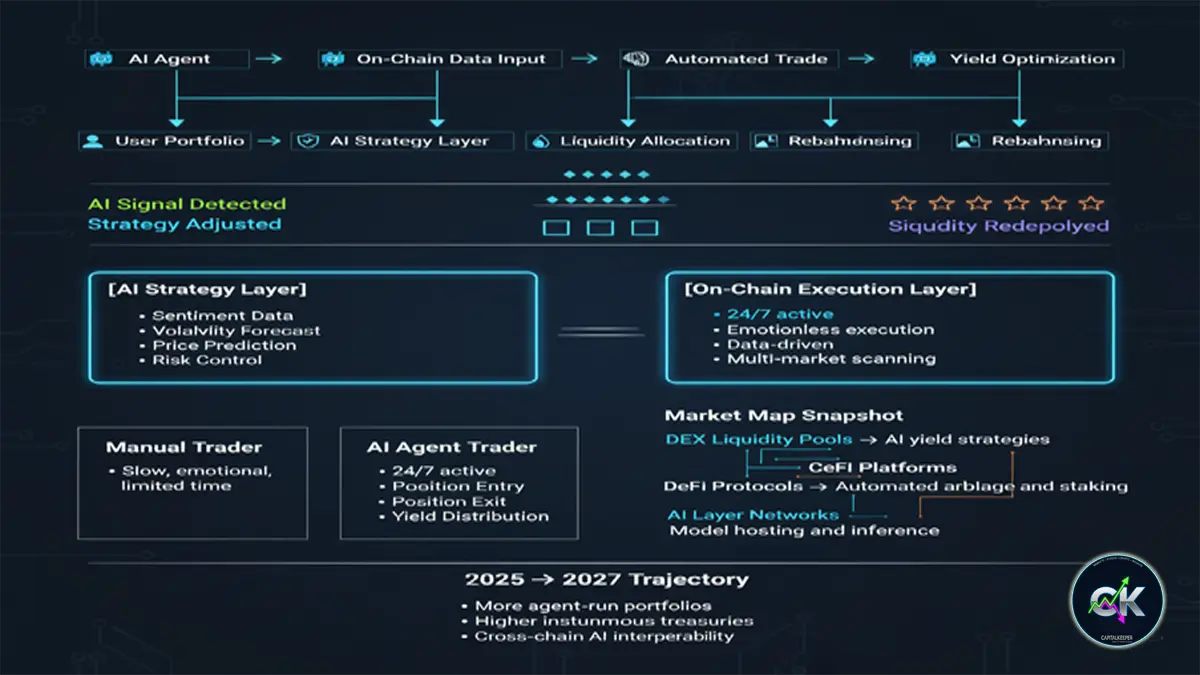

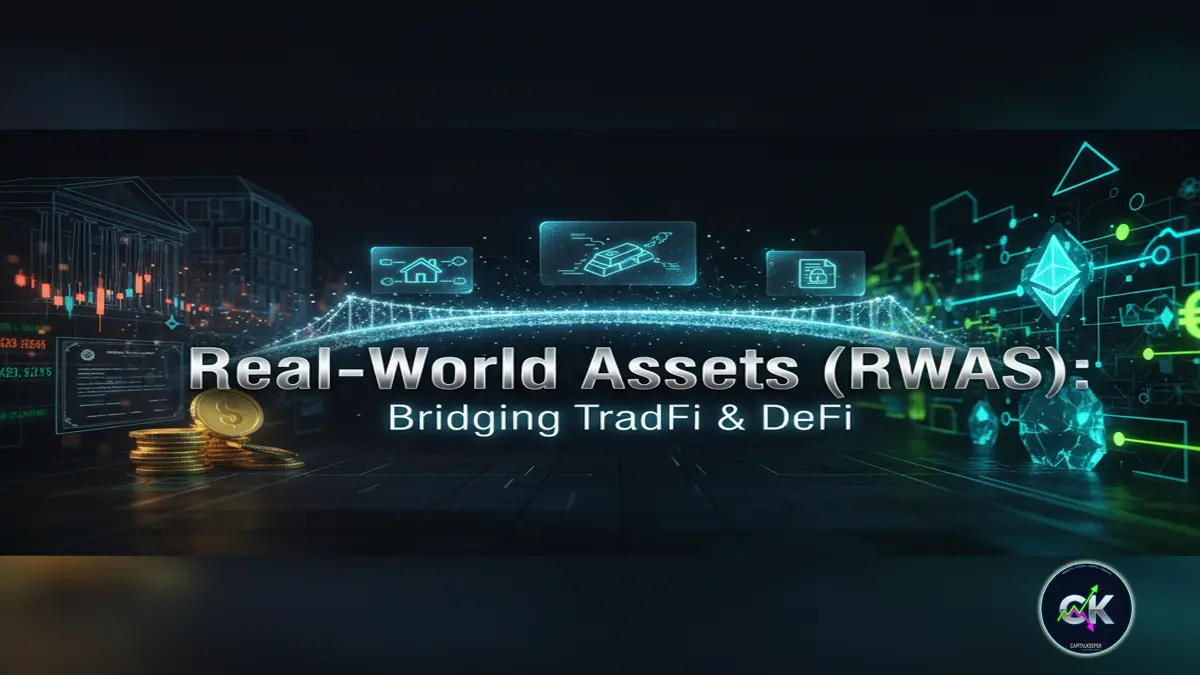

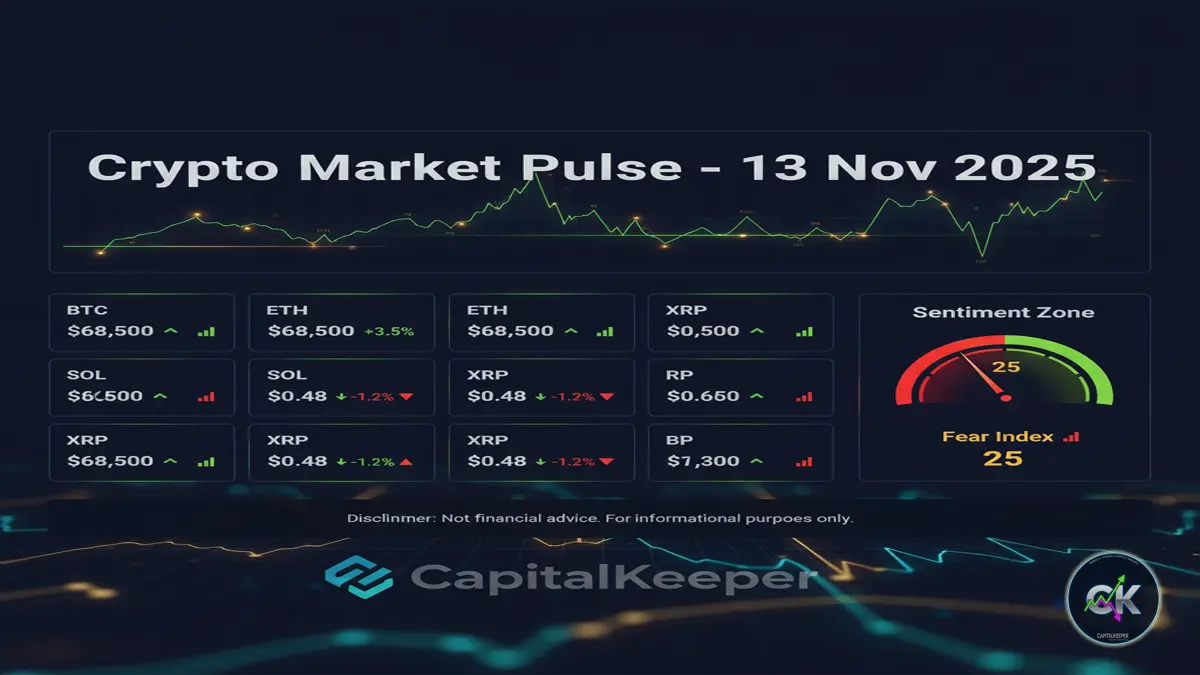
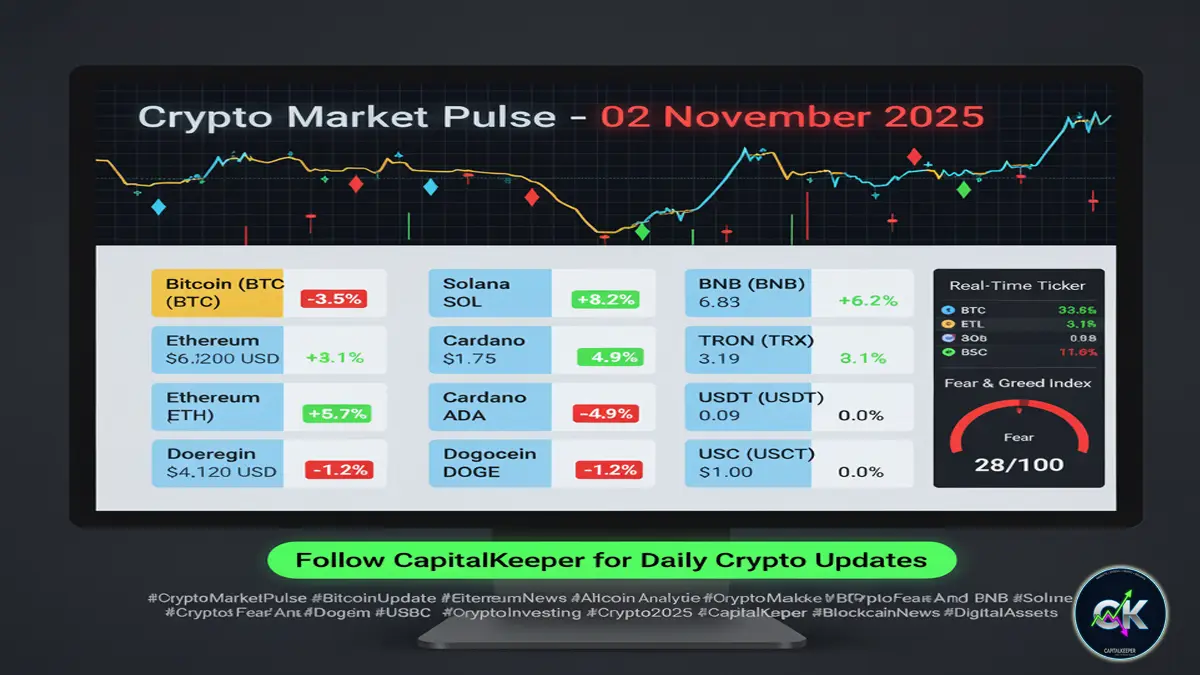
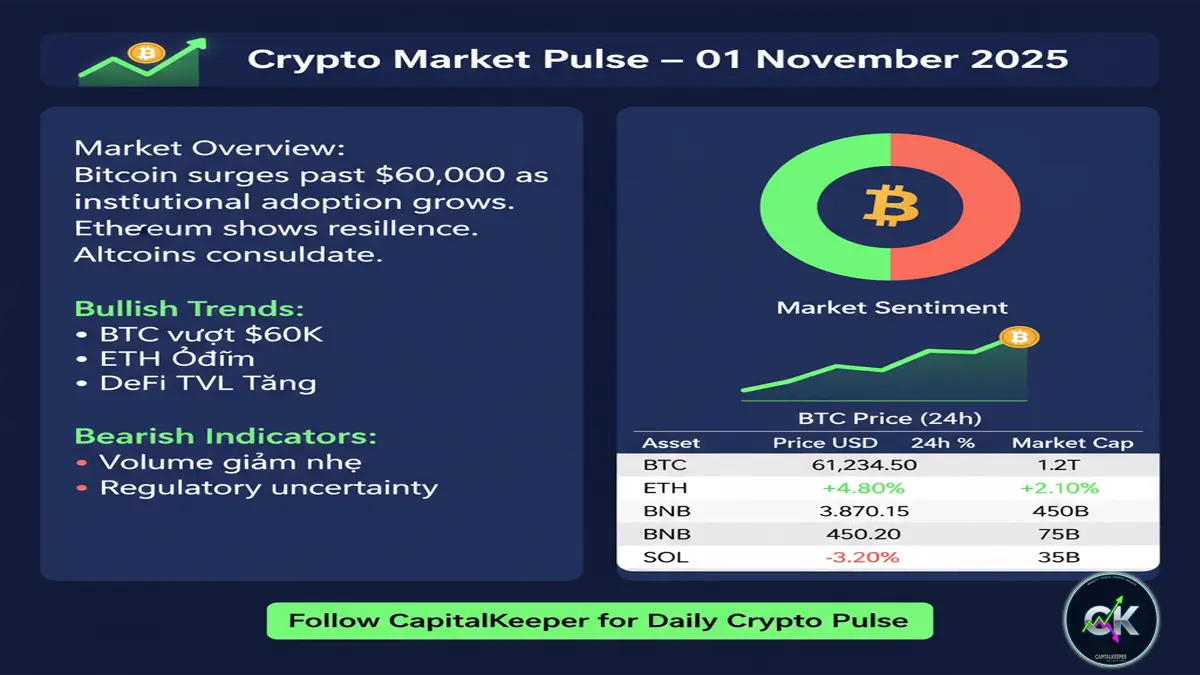
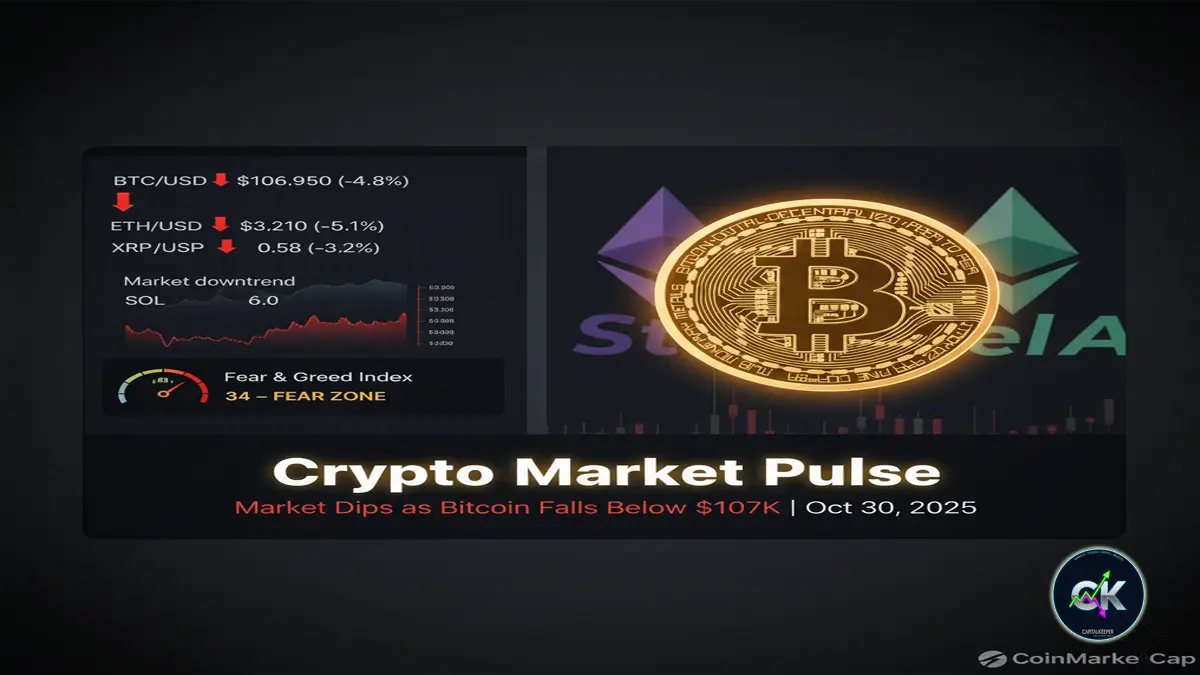
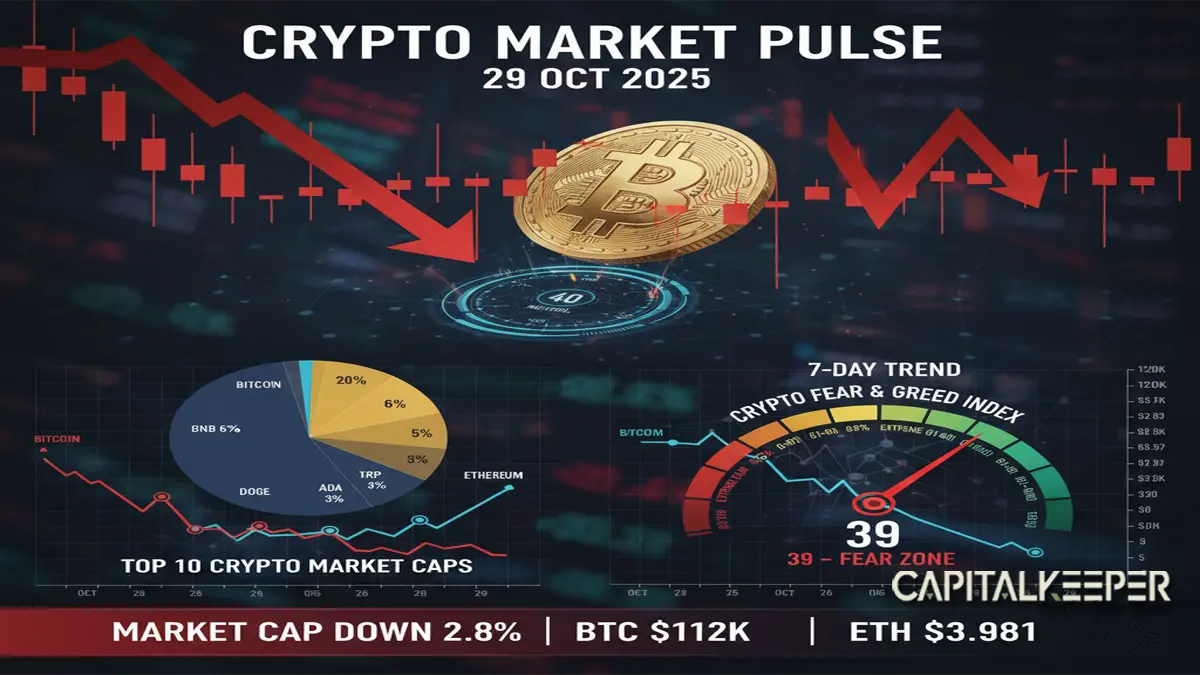


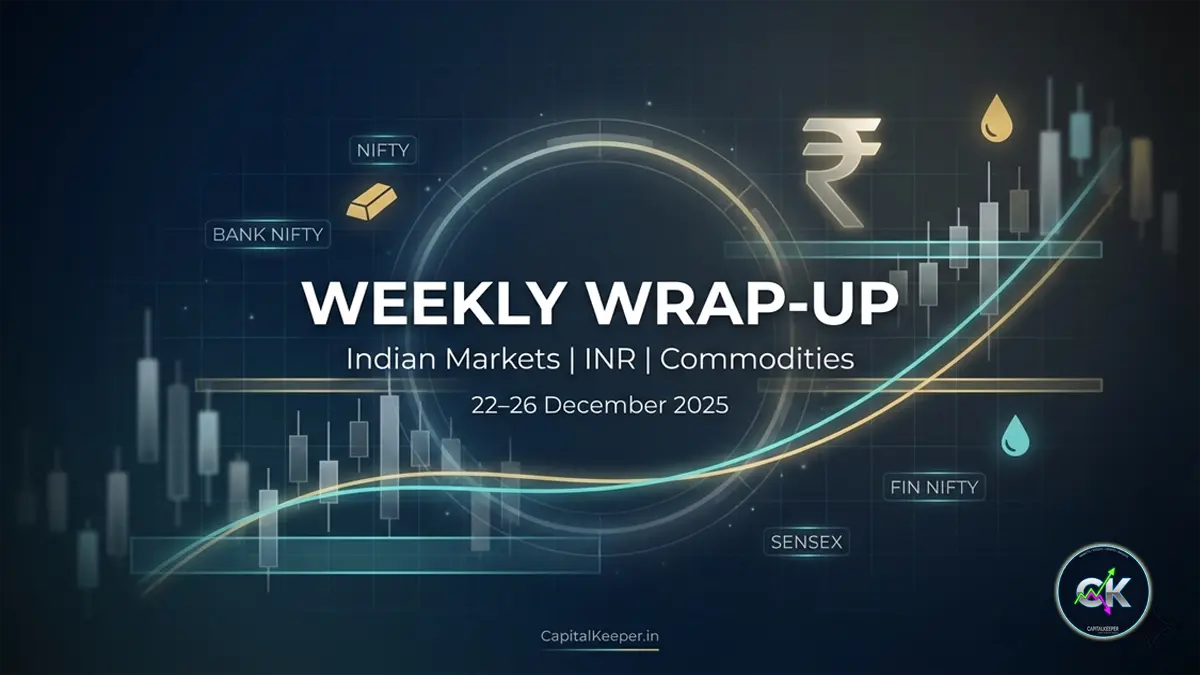


Leave a Reply